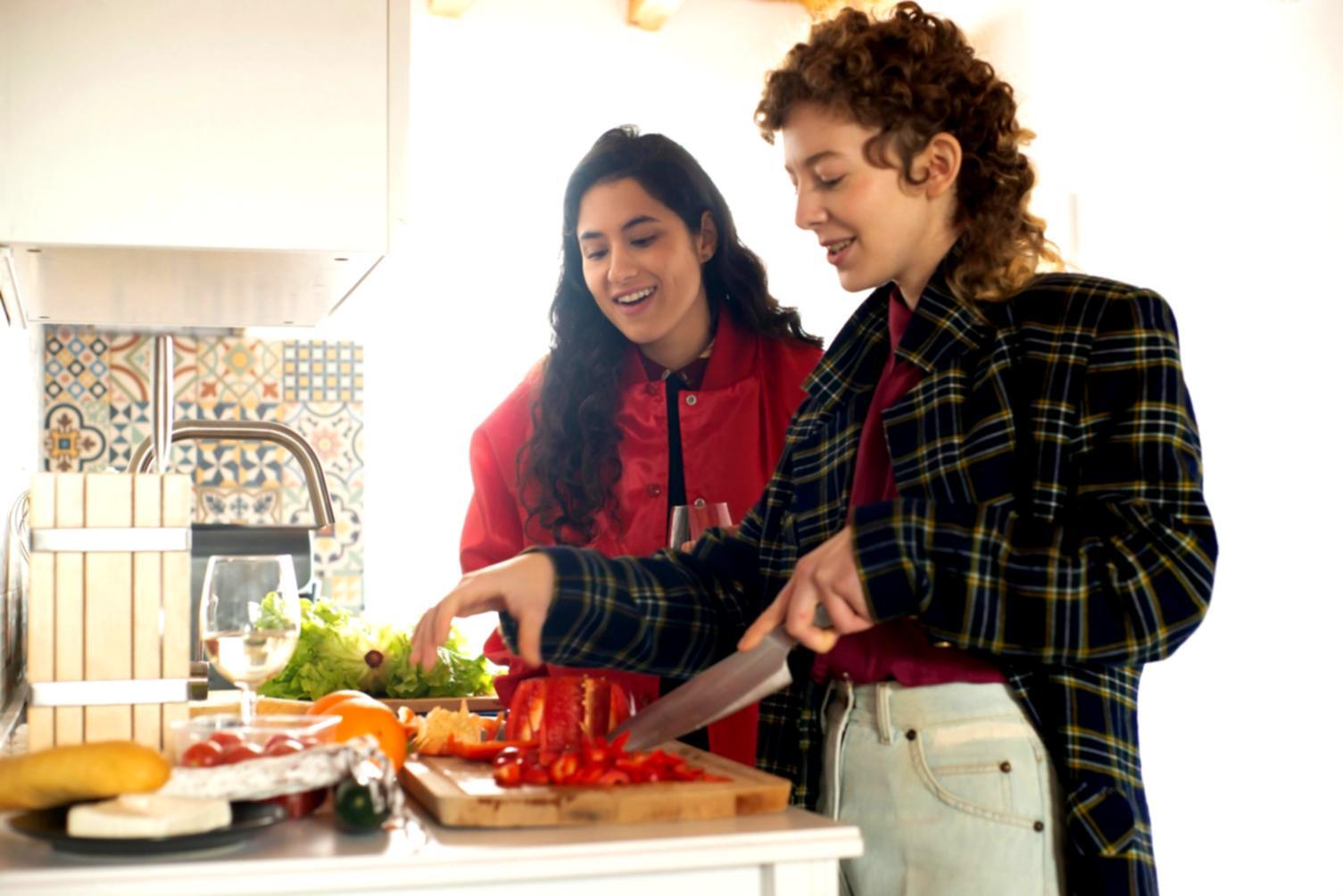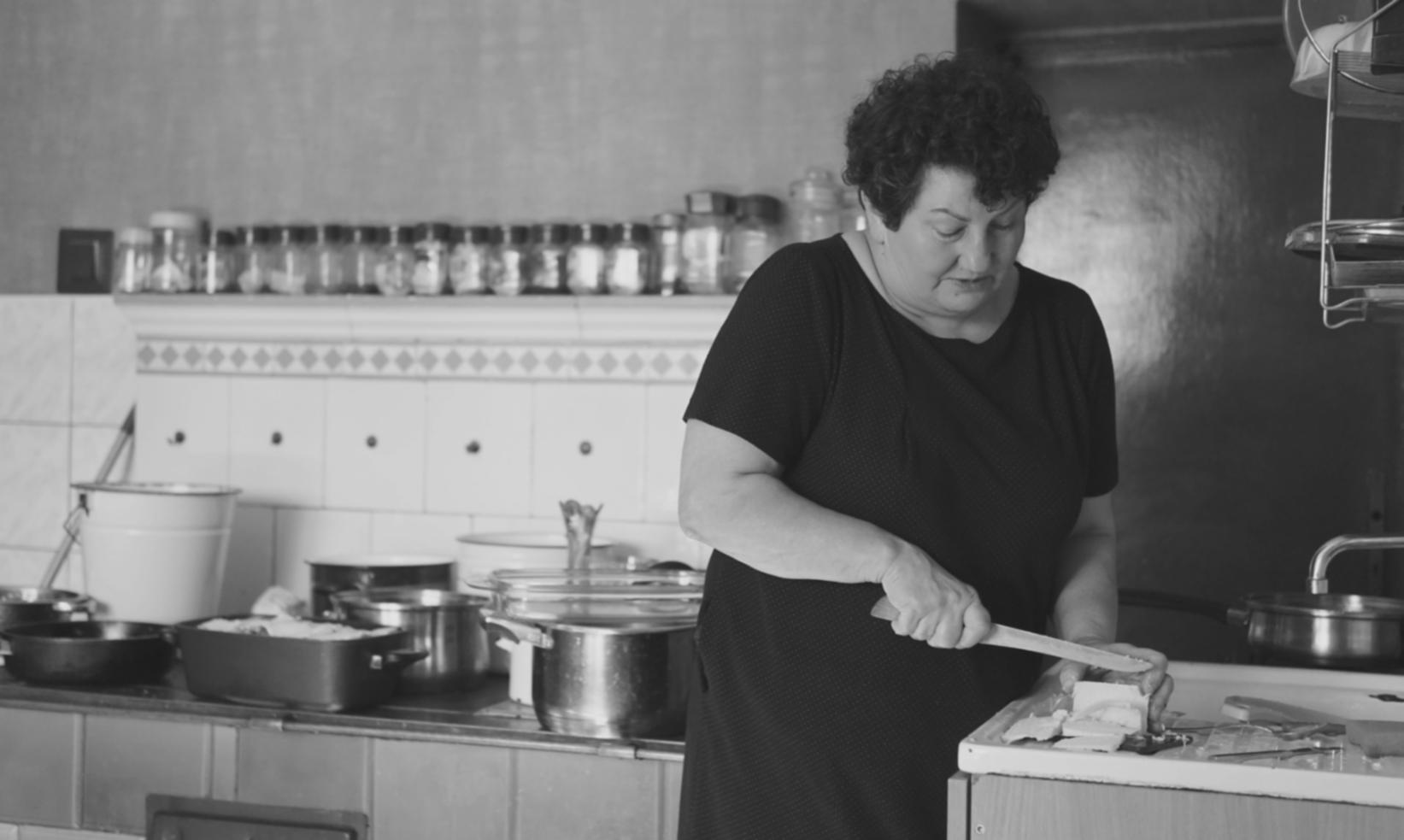Why Traditional Culinary Schools Miss the
Mark
Most programs teach you to follow recipes
perfectly. But professional kitchens need
people who understand why a sauce breaks, how
to salvage a mis-seasoned dish mid-service,
and when to deviate from written procedure.
We focus on developing judgment alongside
technical skill. Students work through
scenarios that mirror actual kitchen
challenges rather than idealized recipe
executions. This means learning to adapt when
your protein supplier delivers something
different than ordered, or when service
volume exceeds prep capacity.
The Regional Ingredient Advantage
Operating in Puglia gives us access to
ingredients many culinary programs only
discuss theoretically. Our students work with
produce from local farms, seafood landed that
morning, and traditional preservation methods
still practiced here. This isn't about
romanticism. It's practical education in
building supplier relationships,
understanding seasonal constraints, and
developing menus that reflect actual
ingredient availability rather than
theoretical ideals. You'll learn to taste the
difference between industrially produced
burrata and the version made by hand three
kilometers away.
Service Pressure Training
We run simulated services where everything
that can go wrong does. Equipment failures,
ingredient shortages, timing conflicts,
dietary restriction miscommunications. These
controlled chaos sessions teach composure and
decision-making under pressure. Because
knowing how to perfectly brunoise vegetables
matters less than knowing how to keep your
station running when the sous chef is absent
and three tables just ordered the same
complex dish simultaneously. This aspect
makes some prospective students uncomfortable
during orientation. But the ones who complete
the program consistently tell us these
sessions proved most valuable.



